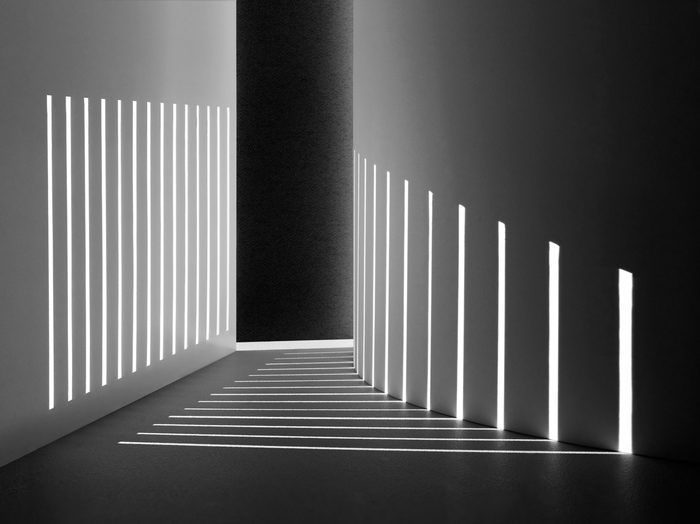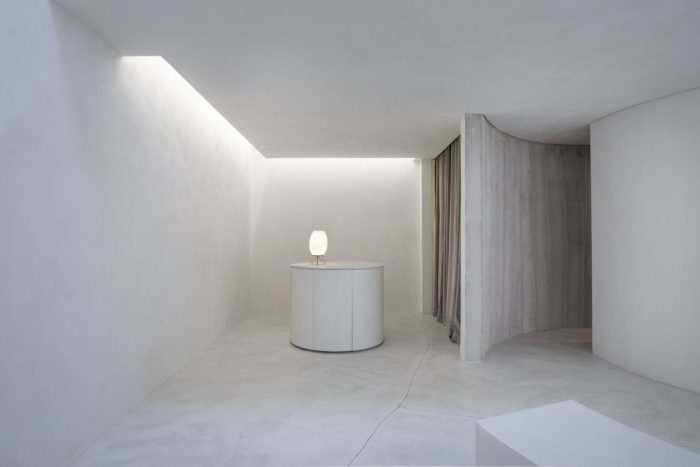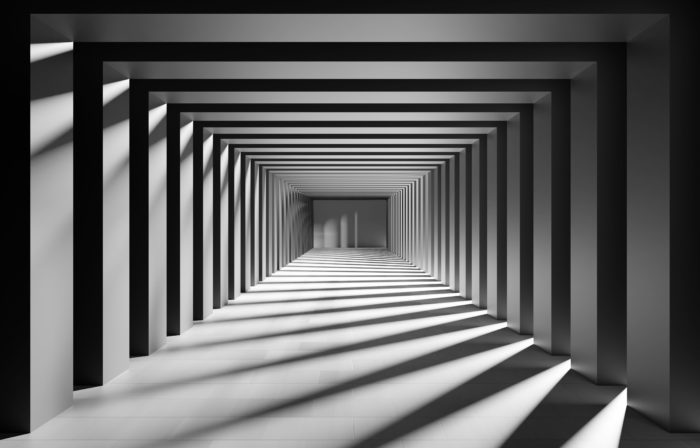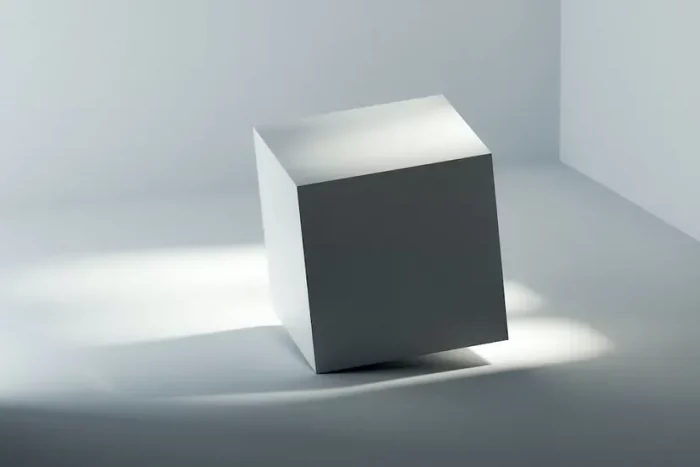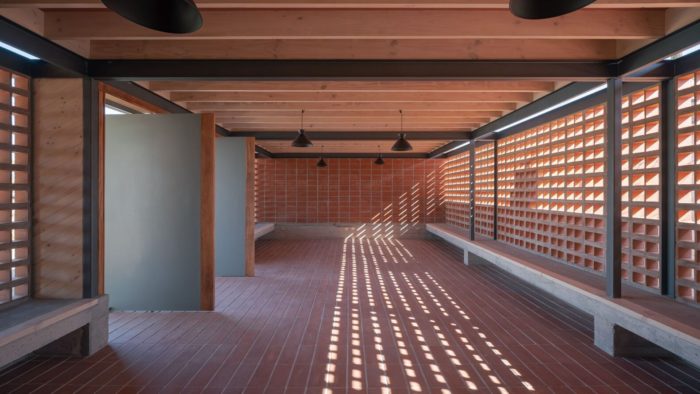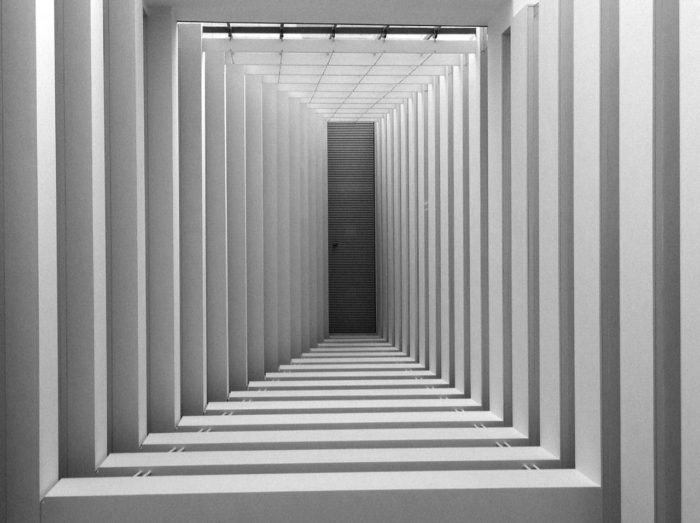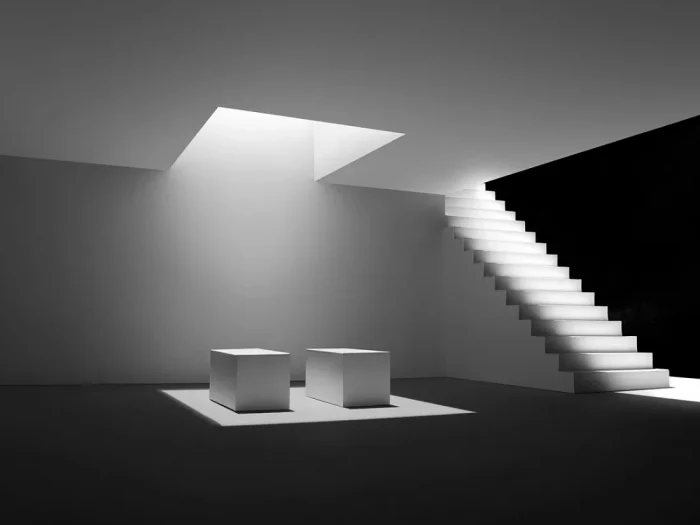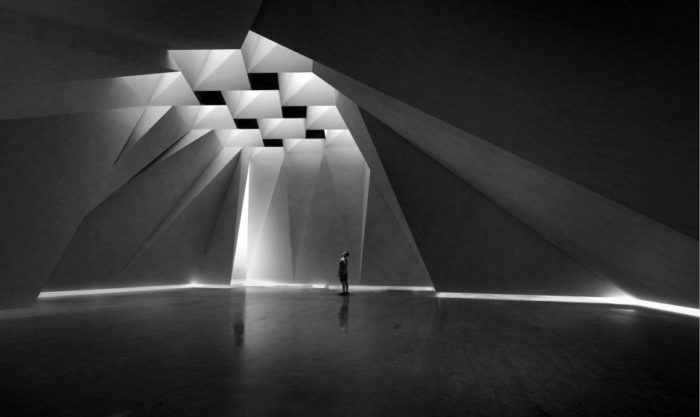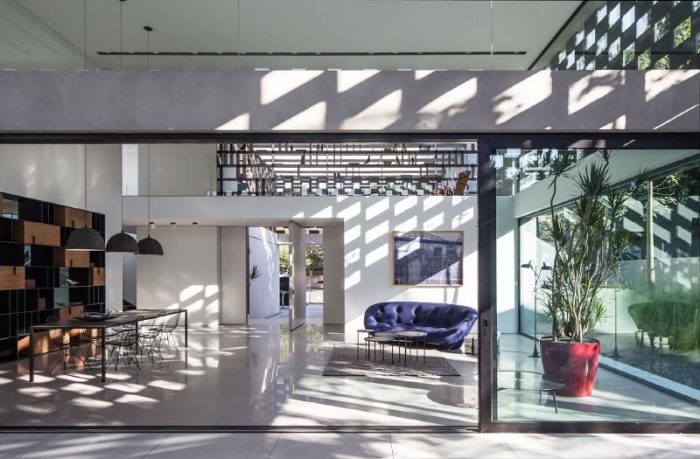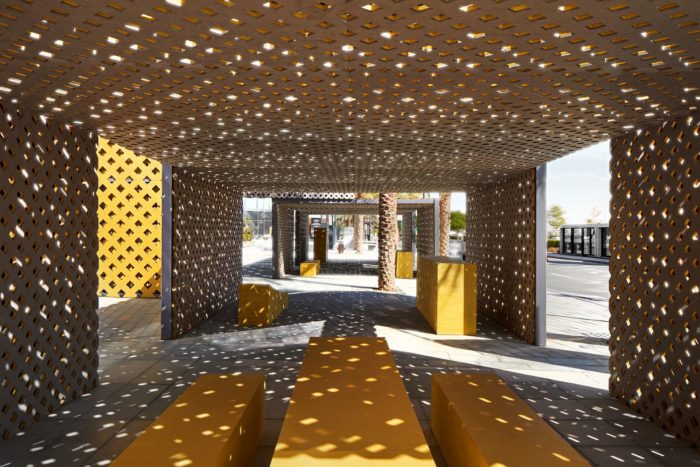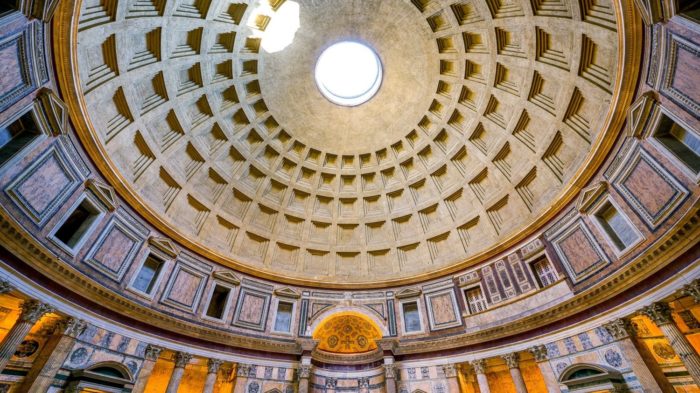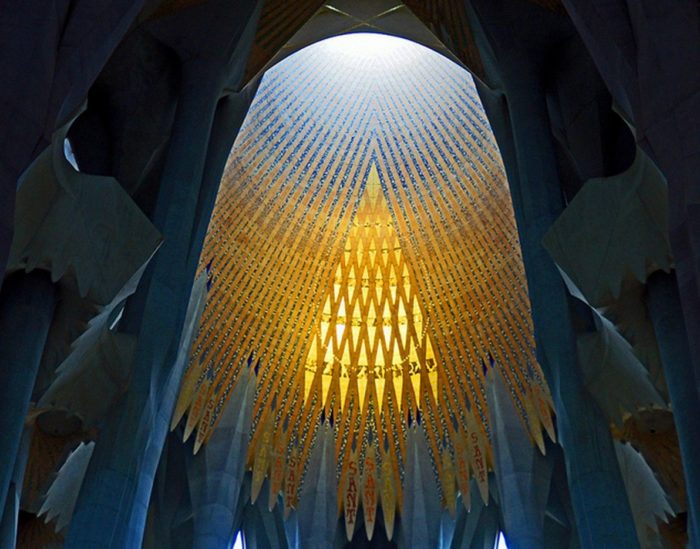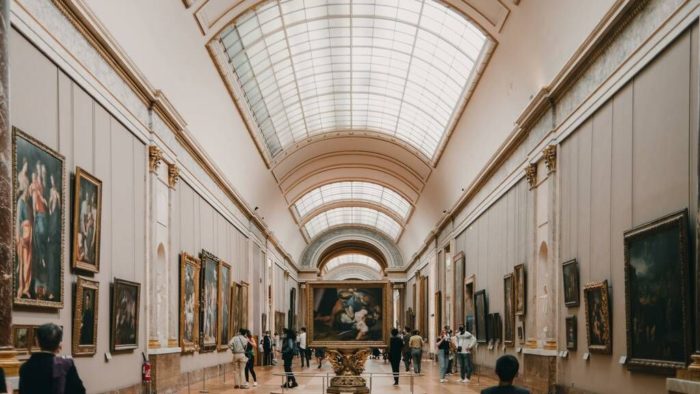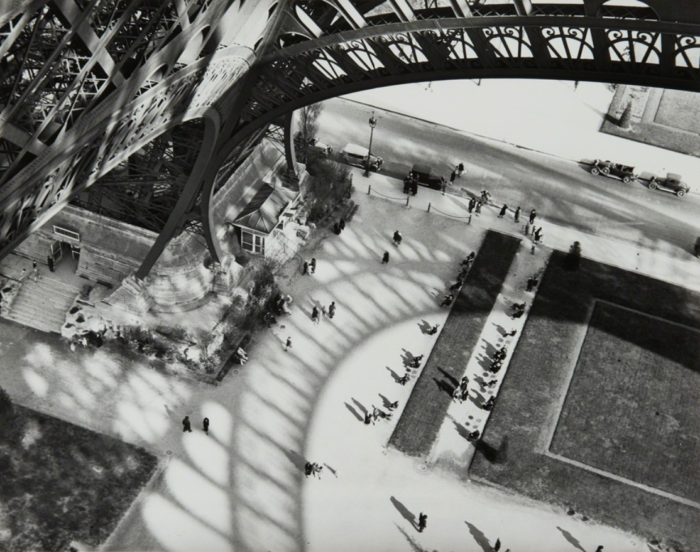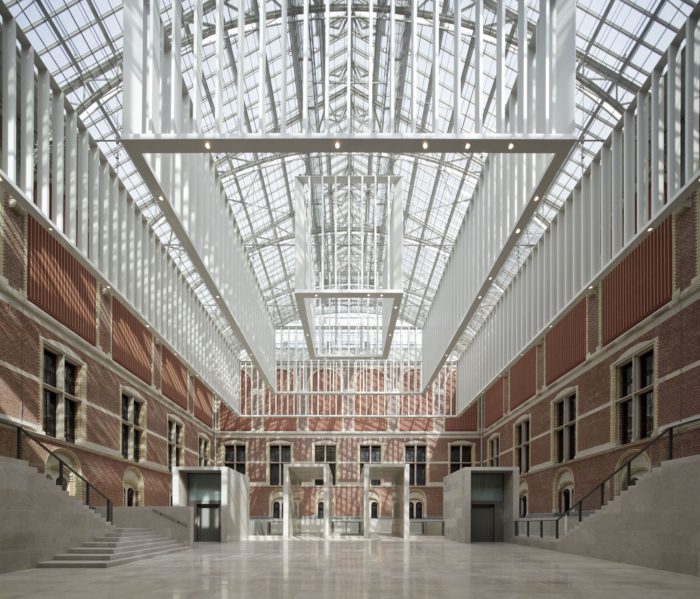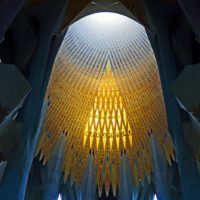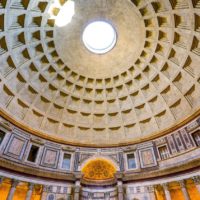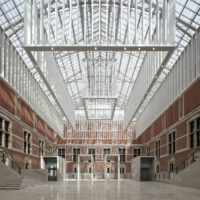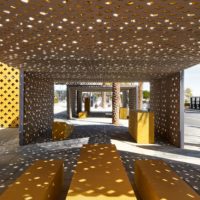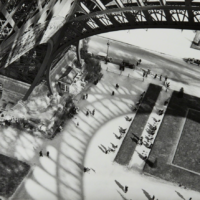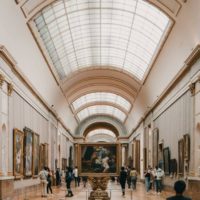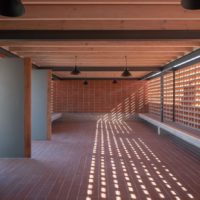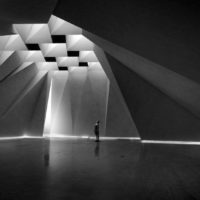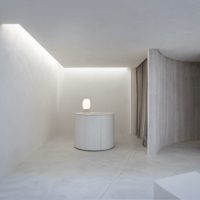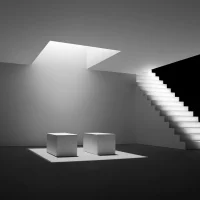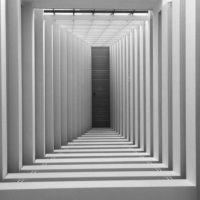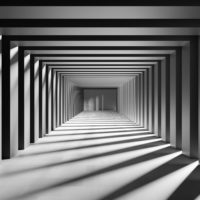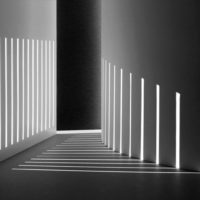In Architecture, every masterpiece involves a delicate interplay of form, function, materials, and, notably, light. Architects skillfully shape light and Shadow, like sculptors crafting invisible elements, to forge spaces that evoke deep emotions. The intentional manipulation of light and shadow can profoundly alter how we perceive space, blending aesthetic pleasure with practical utility. Light isn’t just an illuminator; it serves as a tool to accentuate critical features of a building, while shadow is harnessed to foster privacy or introduce captivating visual intrigue.
1) Understanding Light
Light plays a vital role in architecture, illuminating colors, shapes, and textures and transforming a structure into a vibrant and dynamic entity. Whether from natural or artificial sources, light is instrumental in defining spaces, setting moods, and enhancing aesthetic qualities. For instance, soft, diffused sunlight can evoke a serene ambiance in an area, while a targeted beam can draw attention to a specific Architectural detail or artwork.
Grasping the subtleties of light, including its intensity, color, and direction, empowers architects with a potent tool. Architects can craft experiences and influence how inhabitants navigate and perceive space by skillfully manipulating these aspects. For instance, lower light levels can foster an intimate and cozy atmosphere, whereas bright and uniform lighting may be employed to promote alertness and productivity in an office environment.
2) Shadows effect
Like light, Shadow plays a crucial role in shaping spaces; it’s not just the absence of light but a design element. The interplay between light and Shadow is essential for highlighting forms, introducing depth, and directing attention. Through thoughtful control of light quantity and quality, architects can fashion spaces that feel vibrant, dynamic, and compelling.
Shadows, as manifestations of darkness, hold equal importance. They contribute depth and dimension to Architectural elements, creating striking visual effects. Well-designed shadows can form intricate patterns, emphasize textures, and evoke specific moods. Architects often leverage shadows to respond to a building’s geographical and climatic context to cool spaces or craft dynamic visual narratives that evolve throughout the day.
3) Importance Of Light And Shadow In Architectural Visualization
3D architectural visualization blends various elements like shadows, textures, color, light, and materials to produce an image that closely mirrors the real-life project. This process ensures an accurate representation of the project, with light and shadow playing crucial roles in shaping the overall scene.
- Sets The Mood: The design emphasizes tones in different elements by employing adequate light and shadow techniques. Shadows are crucial in highlighting diverse tones, particularly when similar colors are used in the design, adding subtle variations to enhance depth and style.
- Creates Equilibrium In The Design: In areas where light is subdued and less crucial, highlighting only key elements or the project’s centerpiece adds detail and enhances the project’s visual appeal. This technique draws focus by framing specific sections, obscuring the surroundings, and emphasizing the main image. Employing various light and shadow techniques allows for the desired outcomes in 3D architectural visualization, contributing to a balanced aesthetic in the design and enhancing the overall animation’s quality.
- Introduces A Sense Of Mystery : Shadows cast an illusion and an air of intrigue, captivating the viewer’s imagination and sparking curiosity and excitement. Offering glimpses of events beyond the frame adds a touch of allure, becoming particularly enticing when some aspects of the project are concealed.
4) Light and Shadow in Space and Design
1- Lobbies, Passages and Corridors
Consider incorporating skylights to enhance the allure of corridors or lobbies. Alternatively, you can introduce walls with strategically placed voids in various shapes and volumes tailored to meet specific light and shadow preferences. This approach adds interest and dynamism to the experience of traversing these areas.
2- Entrances
In this context, you can introduce an interplay of shadows through diverse canopy designs. Explore canopies featuring a mix of both large and smaller voids, crafting a pattern of light and shadow on the entrance floor that imparts a welcoming ambiance.


